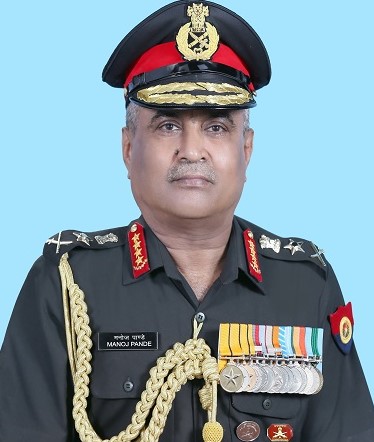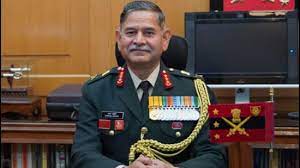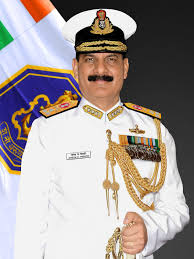The Indian Space Research Organisation (ISRO) has successfully launched India’s largest Launch Vehicle Mark-III (LVM3) rocket/OneWeb India-2 Mission with all 36 satellites of UK-based OneWeb group company injected / deployed into intended orbits from Satish Dhawan Space Centre in Sriharikota, Andhra Pradesh.
About LVM3-M2 mission
The LVM3-M2 mission is a dedicated commercial mission for a foreign customer OneWeb, through NSIL. It is the first multi-satellite mission with 36 OneWeb Satellites to the LEO as the heaviest Payload mass of 5,796 kg. of LVM3 till date.
OneWeb Gen-1 satellites utilize a bent-pipe technology approach to offer communication in Ku-band and Ku-bands. They are arranged in 12 orbital planes with 49 satellites in each plane at 1200 km.
Salient features of the Mission
- First Commercial Mission of LVM3
- First Multi-Satellite mission with 36 OneWeb Satellites onboard
- First launch of LVM3 to LEO
- First Indian rocket with six ton payload
- First NSIL Mission with LVM3
- First OneWeb Mission with NSIL/DoS
Technical Highlights:
- Handling of multiple satellite separation events
- Increased nominal mission duration
- Ensuring safe separation distance through C25 stage re-orientation and velocity addition
- Ensuring data availability for entire mission duration
- Realization of New payload adaptor and interface ring for the satellites dispenser
- Satellite of LVM3 M2 / OneWeb India-1 Mission
OneWeb Constellation Summary:
- OneWeb Constellation operates in a LEO Polar Orbit
- Satellites are arranged in 12 rings (Orbital planes) with 49 satellites in each plane.
- The orbital planes are inclined to be near polar (87.9 Deg.)
- The orbital planes are 1200 km above the Earth
- Each satellite completes a full trip around the earth every 109 minutes.
- The earth is rotating underneath satellites, so they will always be flying over new locations on the ground.
- In full service, each plane will have 49 satellites = 588 Satellites.





